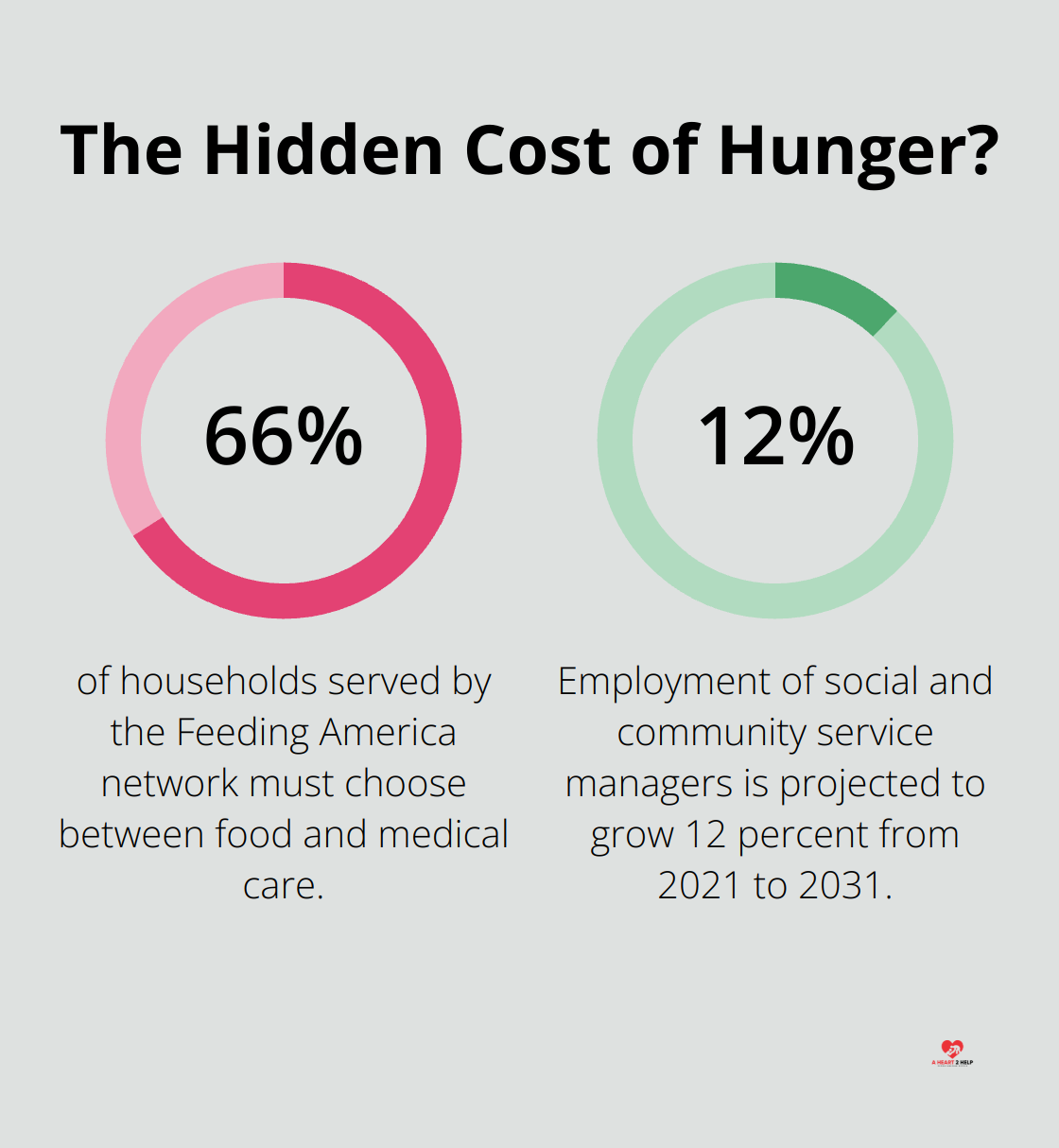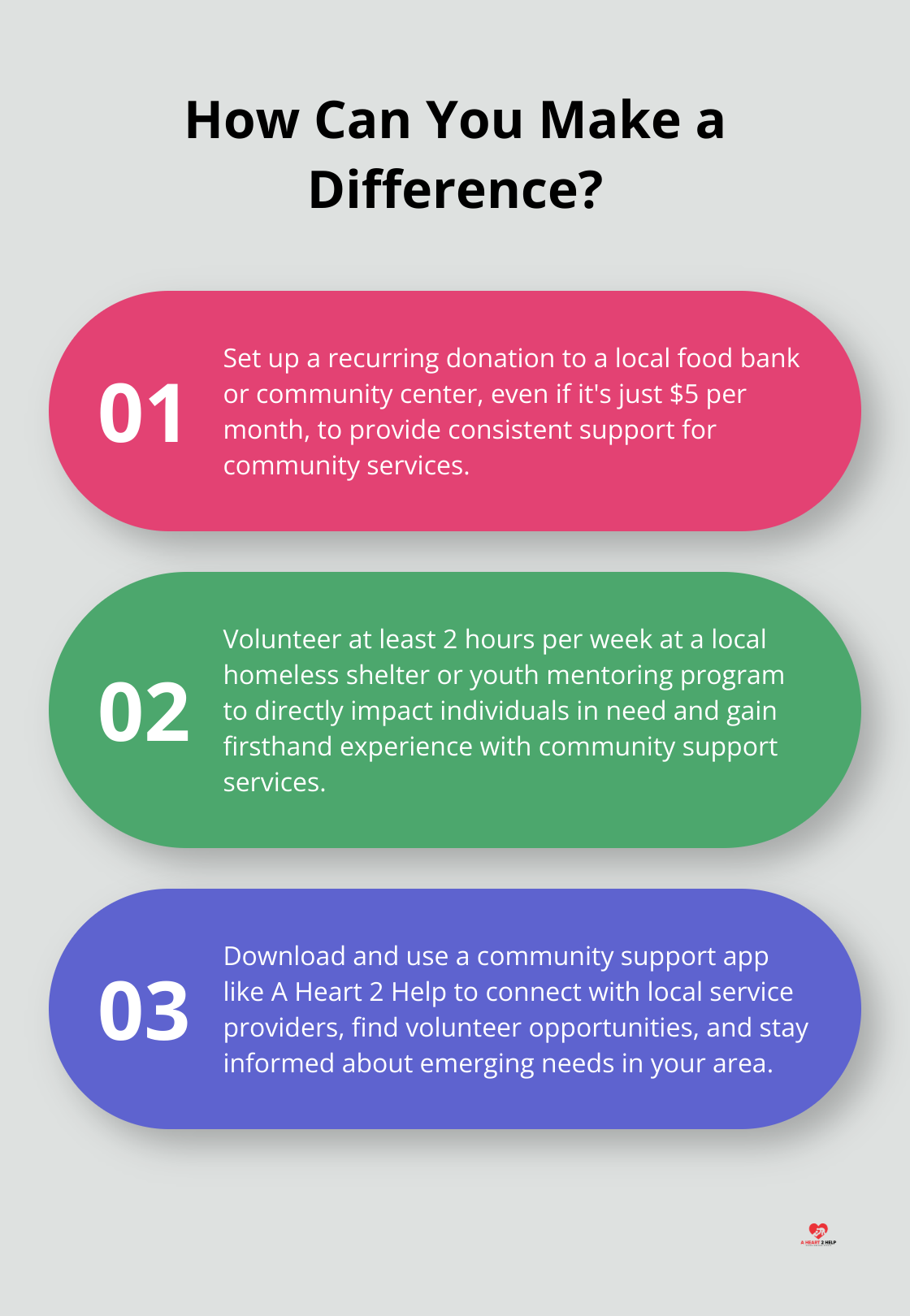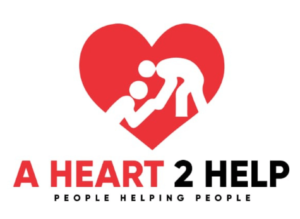Community support services are the backbone of thriving neighborhoods, offering vital assistance to those in need. At A Heart 2 Help, we’ve seen firsthand how these services can transform lives and strengthen communities.
In this post, we’ll explore the community support services definition, their importance, and the challenges they face. We’ll also discuss how you can get involved and make a difference in your local area.
What Are Community Support Services?
Definition and Scope
Community support services are programs and resources that help individuals and families overcome challenges and improve their quality of life. These services address a wide range of needs, from mental health support to food assistance and housing aid. They form the backbone of thriving neighborhoods, offering vital assistance to those in need.
Historical Context
The concept of community support has deep roots in human history. In the United States, formal community support services began to take shape in the late 19th century with the establishment of settlement houses. These organizations (like Jane Addams’ Hull House in Chicago) provided education, childcare, and other services to immigrant communities.
The Great Depression of the 1930s sparked a significant expansion of government-funded support services. This period saw the development of employment offices, with only 23 states having such services before 1933. The Social Security Act of 1935 laid the groundwork for many of the social services we know today. Since then, community support services have continued to adapt to changing societal needs and incorporate new technologies.
Types of Services
Today, community support services encompass a vast array of programs:
- Mental health services, such as counseling and support groups, are essential components. Mental Health America reports that 19.86% of adults are experiencing a mental illness, equivalent to nearly 50 million Americans.
- Food banks and meal delivery programs address food insecurity. The Feeding America network serves 40 million people annually, demonstrating the scale of need for these services.
- Housing assistance programs help prevent homelessness and provide stable living environments. The U.S. Department of Housing and Urban Development reports that over 1 million households receive housing choice vouchers, a key form of housing assistance.
Technology’s Role
In recent years, technology has transformed the delivery of community support services. Telehealth platforms have made mental health services more accessible, especially in rural areas. Mobile apps (including A Heart 2 Help) are revolutionizing how people connect with and provide support to their communities.

These technological advancements have not only increased the reach of support services but also improved their efficiency. For example, digital case management systems allow service providers to better track and coordinate care for individuals across multiple agencies.
As we explore the importance of community support services in the next section, we’ll see how these programs address social determinants of health and promote community well-being.
Why Community Support Services Matter
Community support services play a vital role in addressing social determinants of health, which account for between 30–55% of people’s health outcomes. These services tackle the root causes of many social issues, creating a ripple effect that benefits everyone.

Food banks, for instance, do more than provide meals; they combat malnutrition and its long-term health consequences. The Feeding America network reports that 66% of households they serve must choose between food and medical care. Providing nutritious food helps prevent chronic diseases and reduces healthcare costs.
Housing assistance programs also significantly impact health. The National Health Care for the Homeless Council states that people experiencing homelessness have an average life expectancy of just 50 years (compared to 78 years for the general population). Stable housing dramatically improves health outcomes.
Fostering Social Cohesion
Community support services create spaces where people from diverse backgrounds come together, breaking down barriers and building understanding. Community centers often offer programs that bring together different generations. The National Council on Aging reports that intergenerational programs reduce ageism and improve social connections for both older adults and youth.
These services also play a vital role during crises. During the COVID-19 pandemic, community support services provided essential aid. The National Low Income Housing Coalition found that eviction prevention programs kept millions of people housed during this challenging time.
Boosting Local Economies
Investing in community support services yields significant economic benefits. While specific economic impact data varies, studies have shown that such investments can lead to substantial savings in public costs for health care, corrections, and other services.
Moreover, these services create local jobs. The Bureau of Labor Statistics projects that employment of social and community service managers will grow 12 percent from 2021 to 2031 (faster than the average for all occupations).
Empowering Communities
Community support services empower individuals and communities to take charge of their well-being. They provide tools, resources, and knowledge that enable people to make positive changes in their lives. This empowerment leads to increased self-reliance and resilience, which in turn strengthens the entire community.
For example, financial literacy programs (often offered through community centers) equip individuals with the skills to manage their finances effectively. This knowledge can lead to better financial decisions, reduced debt, and increased savings, ultimately contributing to the economic stability of the community.
Promoting Volunteerism and Civic Engagement
Community support services often rely on volunteers, which promotes a culture of civic engagement. This involvement strengthens social ties and fosters a sense of shared responsibility for community well-being. Volunteers gain valuable skills and experiences, while the community benefits from their contributions.
As we explore the challenges faced by community support services in the next section, we’ll see how these vital programs navigate obstacles to continue their important work.
Overcoming Hurdles in Community Support
The Funding Conundrum
Community support services face a constant struggle for funding. Many organizations rely on grants, donations, and government funding, which can be unpredictable and insufficient. The report found that the number of donors fell 7.1% for the period. New and newly-retained donors have now dropped for the fifth quarter in a row.

To address this issue, organizations explore creative solutions. Some diversify their funding sources by investigating social enterprise models or partnering with local businesses. Others leverage technology to reduce operational costs. For instance, app-based models allow for efficient resource allocation, minimizing overhead while maximizing impact.
Bridging the Awareness Gap
Another significant challenge involves raising awareness about available services. Many people who could benefit from community support remain unaware that help exists. A study by the Urban Institute found that families who received some AFDC/TANF benefits were less likely to participate in food assistance programs.
Community organizations tackle this issue through targeted outreach programs and partnerships with local institutions (like schools and healthcare providers). Social media campaigns and community events prove effective in spreading the word. Some organizations even use data analytics to identify and reach out to potentially vulnerable populations proactively.
Coordination Complexities
Coordination among different service providers can become a logistical nightmare. Without proper communication and collaboration, services can become fragmented, leading to inefficiencies and gaps in care. The National Alliance to End Homelessness emphasizes that lack of coordination is a major barrier to effectively addressing homelessness.
To combat this, many communities adopt integrated care models. These systems bring together various service providers to offer comprehensive, coordinated care. Some cities have implemented centralized databases that allow different organizations to share information and track client progress across multiple services.
Technological Solutions
Technology plays a key role in improving coordination and service delivery. Apps facilitate real-time communication between service providers and those in need, streamlining the process of matching resources to requirements. These digital platforms (such as A Heart 2 Help) can significantly enhance the efficiency and reach of community support services.
Adapting to Changing Needs
Community support services must continuously adapt to evolving societal needs. This requires flexibility in program design and implementation. Organizations need to stay informed about emerging issues and be willing to adjust their services accordingly. Regular community assessments and feedback mechanisms help ensure that services remain relevant and effective.
Providing Comprehensive Support
Community support comes in various forms, including emotional support through support groups, counseling services, and informal networks of friends and neighbors. These diverse support systems help address the multifaceted needs of individuals and communities.
Final Thoughts
Community support services form the foundation of thriving neighborhoods, offering essential assistance to those in need. These services, which include mental health support, food assistance, and housing aid, address social determinants of health and promote overall well-being. The community support services definition encompasses a network of resources that empower individuals and strengthen social bonds.

Despite challenges such as funding limitations and coordination complexities, community support services continue to adapt and innovate. They leverage technology to enhance their reach and efficiency, with digital platforms like A Heart 2 Help revolutionizing how people connect with and support their communities. The integration of these platforms makes volunteering more accessible and impactful.
We all play a role in strengthening our communities through supporting these vital services. You can volunteer your time, donate resources, or simply become aware of the services available in your area. Every action contributes to building resilient, inclusive, and thriving communities for all.

